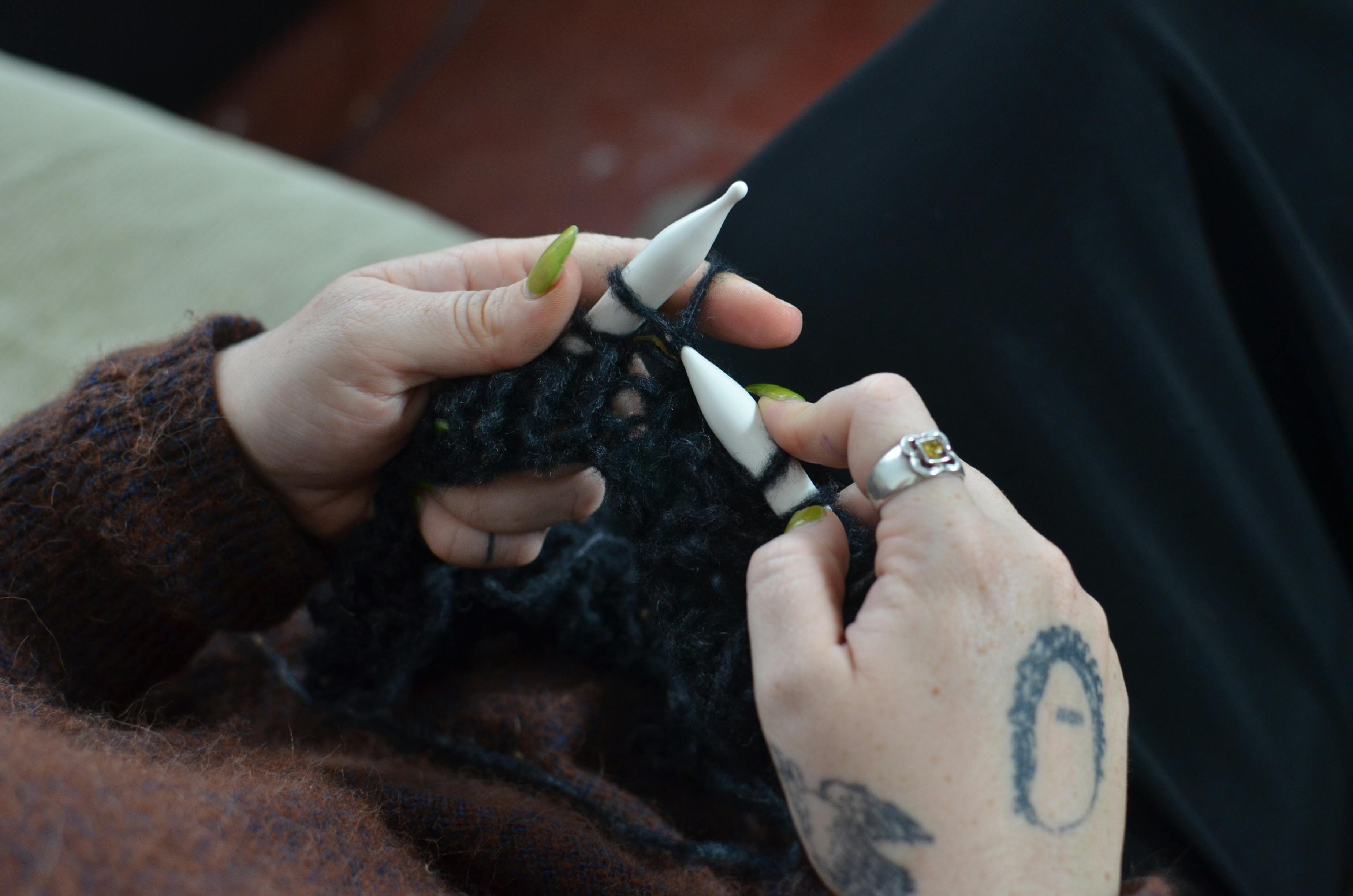Installing a flat screen TV doesn’t have to be difficult. You only need to know how it is done and you will see that you can make a flat screen tv installation along with the best of them.
A flat screen TV wall mount can be easily done by anyone with some basic skills and the ability to follow simple instructions. You don’t have to call a professional technician to do it. You can often do it yourself.
Doing it yourself can save you a lot of money by eliminating setup charges. You’ll be reminded of the sense of accomplishment of installing your TV yourself every time you watch your favorite movie or TV show on your new wall-mounted TV.
The general flow of installing a flat panel TV is deciding on the location, planning cable routing and connections, measuring and positioning the bracket on the wall, attaching part of the bracket to the TV, hanging the flat panel TV on the wall mount and connect everything together.
The most difficult part of installing a flat screen television is often the weight of the television. If you’re mounting a larger TV like a 42-inch or larger TV, you’ll definitely want to have a helper with you to help you hang it on the mount. Safety should be your most important concern.
Let’s talk about each part of the flow.
Where do I put my flat screen TV?
You should take some time to decide where to mount your flat screen TV. Remember that you may have to live with the location of your new TV for a long time, so it’s well worth the extra time you spend planning the mount.
If you’re mounting in a living room or family room, you’ll want to position the TV so everyone in the room can easily see it. You may want to mount it higher on the wall than you originally planned.
If you have a fireplace, it is very popular to mount the TV above the fireplace. Keep in mind that you must have enough space between the ceiling and the mantel to mount the TV without disturbing items you may place on the mantel. Also, you need to run wires to the TV and most people like to hide them so you can’t see the wires on the wall above the fireplace.
Have you considered a corner wall mount? Corner mounts require a different type of mount designed for corners and can be more expensive. Corner brackets can solve problems where using either wall would make viewing difficult, interfere with existing wall-mounted items, or make proper wiring difficult.
While you’re deciding where to mount your new TV, now’s the perfect time to plan your wiring and power.
Plan your cable runs
Planning for cable runs is necessary because you will probably want to minimize the visibility of cables, you may need to purchase new longer cables, and you may need to consider other new devices you purchased for use with your new flat panel TV.
You probably won’t be placing your audio and video devices next to your wall-mounted flat-screen HDTV. You will most likely put them on a media shelf or console nearby. That means you’ll need to connect cables from your media devices to your TV. You may want to consider cable management or cable concealment products to give your cable runs that finishing touch.
cable maintenance
Cable management products allow you to route cables more cleanly along a wall or behind your media console or TV.
Products to hide cables
There are several cable concealment products that allow you to cover cables and hide them from view. This can make your facility much cleaner and more attractive. Typical cable runs you need to run are power, coax (RG 6), HDMI, audio, and USB.
Force
Mounting a TV on the wall usually means you have to invest in an extension cord. Most modern TVs do not come with an extra-long power cord, and a long cord is usually needed to reach the power from the TV’s wall location.
If you’ve never used a power strip with a surge protector, now is the time to get one. You have probably invested in one of the most expensive electronic equipment in your home and you need to protect it. A surge protector monitors the line and can protect your equipment from surges caused by storms and other power interruptions.
coaxial
Coaxial cable is the cable that enters your home and connects to your cable box or TV. This is typically an RG 6 specification cable and can carry signals from your cable or satellite TV provider. Mounting your TV on the wall can mean that you are moving the TV away from where the cable enters the room. If so, you may need to get a cable connector that allows you to extend your cable to reach the location of the new TV.
hdmi
You may have multiple devices that use one HDMI cable to provide audio and video to your TV. Your cable or satellite television may provide you with a cable box and/or a digital video recorder (DVR). The important thing is that you need to know how long each cable should be to get from the device to your TV.
You may have purchased your own DVR just like a TiVo. You will use an HDMI cable to send video and audio to your TV. Streaming media players are all the rage and are available on Roku, Amazon Fire TV, Google Chromecast, or Apple TV. They all use an HDMI cable to bring video and audio to their HDTV.
What TV mount do I need?
Now that you have a wiring plan, how are you going to mount your TV on the wall? With a flat screen TV stand, of course.
There are a few options when it comes to TV wall mounts and each one depends on your individual requirements. There are mounts that are fixed, mounts that can be tilted and/or swiveled, articulating mounts that allow you to completely change the viewing angle of the TV, there are mounts designed specifically for mounting a flat screen TV in a corner of a room, and there are TV ceiling mounts.
fixed mounts
Fixed brackets are designed to mount in a fixed position on a wall, and in addition to giving you the least flexibility in mounting, they are also the least expensive. If you have the perfect place to mount your TV on the wall where it can be easily viewed from anywhere and at any angle, then a fixed TV wall mount is for you.
Tilt/Swivel Mounts
Tilt TV mounts allow you to tilt your TV up and down after mounting so you get the best upright viewing angle. Similarly, swivel TV mounts allow you to rotate your TV back and forth for the best horizontal viewing angle.
Full Motion Articulating Mounts
The location of your TV may require you to rotate the TV to a more extreme angle than a swivel mount allows, or you may need to mount the TV away from the wall in order to tilt it to a more extreme angle than a tilt mount allows .
A full-motion TV wall mount or articulating mount gives you the most flexibility in how you mount your TV, but it’s also more expensive than other mounts. You also have to be very careful to get a stand that can support the weight of your TV due to the added stress that its design puts on the stand. Connecting the mount to the studs is essential to articulating the mounts, as there is also more stress on the mounting screws.
Corner brackets for flat screen TVs
Corner TV wall mounts are specifically designed to mount a flat screen TV in the corner of your room. TV mounts on arms can also be used for this purpose in some cases, so check those out as well. A corner TV stand can be fixed or have limited tilt and/or swivel capabilities.
TV ceiling mounts
Most of the time, TV ceiling mounts are used in commercial settings, but that does not mean that they are not useful when there are requirements in your home. A ceiling TV mount can be useful when you don’t want to mount your TV close to a wall, but need to mount it in an open space between rooms or in the middle of a room. A TV ceiling mount can solve problems that other mounts cannot.
The specific requirements of your room will determine which flat screen TV mount you need.
weight rating
In addition to the mounting options we’ve mentioned, you also need to match the mount to your TV in a number of ways. First of all, the mounts are designed to handle a variety of weights that are usually specified using the diagonal measurement of your TV. For example, some flat panel TV mounts are designed to handle 32- to 42-inch TVs.
VESA configuration
The other specification you need to worry about is VESA. VESA is a specification related to the mounting holes on the back of your TV designed to match the wall mounts for flat screen TVs. You must purchase a VESA mount that matches the VESA configuration of your TV. To learn more about the VESA standard, you can visit Wikipedia.org.
Mounting your TV mount on the wall
Mounting your TV securely on the wall also depends on the construction of your walls. TVs can be heavy, so they need a strong connection between the mount and the wall. That means you can’t just drive a nail or screw into the drywall and hope for the best. Also, you probably shouldn’t use drywall anchors, even though some claim they’re designed to take the weight. The problem is that even though drywall anchors may be designed to support weight, your wall may not be. It is best and safest to use a stud-anchoring design when mounting a heavy flat-panel HDTV.
The best thing to do is to secure your TV wall mounts to the wood studs in your house. Studs are what the drywall attaches to, and are typically spaced some distance apart, depending on how the home was built. The two most common spaces are 16 and 24 inches on center. On Center means the stud measurement is measured from the center of one stud to the center of the next. That’s important because you want to place the connecting screws directly in the center of each stud for the strongest support. You may need to get a stud finder to make sure you connect your mount directly to the center of each stud.
TV wall mounts are usually designed in two parts. One part is fixed to the wall and the other part is fixed to the TV. When both parts of the TV mount are in place, simply hang the TV on the mount to set it in place. Once in place, secure the mount so the TV doesn’t fall over.
One additional consideration to keep in mind is connecting cables to the back and sides of your television. Depending on the mount you’ve selected, the space behind the TV may be so tight once it’s mounted that you won’t be able to work behind it to connect the cable connections. With that in mind, it may be best to make some of the connections before you hang your TV or choose a mount that gives you the space you need.
There you go. Our information, tips and advice to help you with your TV wall mount. Here are more tips if you need them. We sincerely hope that this article has provided you with valuable information to help you with your flat panel TV installation.



